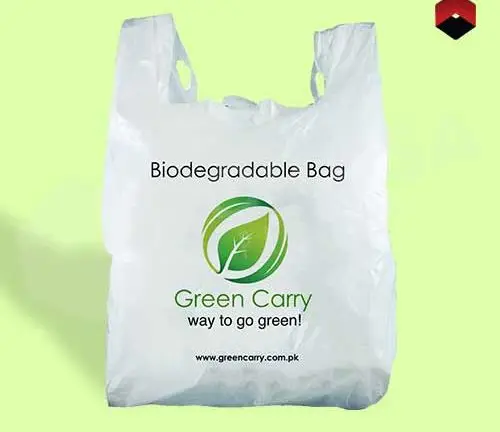The Imperative for Sustainable Solutions
In a world grappling with the detrimental effects of plastic pollution, the need for sustainable alternatives has never been more urgent. Biodegradable poly bags emerge as a promising solution, offering a blend of functionality and eco-friendliness that could revolutionize the way we approach single-use plastics.
Understanding Biodegradable Poly Bags: Composition and Mechanisms
Biodegradable poly bags are crafted from organic compounds sourced from renewable resources such as cornstarch, sugarcane, or potato starch. Unlike traditional plastic bags, these alternatives undergo degradation through natural processes, breaking down into harmless compounds like water, carbon dioxide, and biomass. This inherent biodegradability sets them apart as a sustainable choice for environmentally-conscious consumers.
Advantages Over Traditional Plastics
The adoption of biodegradable poly bags offers numerous environmental benefits. From production to disposal, these bags emit fewer greenhouse gases and consume fewer non-renewable resources compared to their conventional counterparts. Their biodegradability ensures that they do not accumulate in landfills or oceans, mitigating the adverse effects of plastic pollution on ecosystems and biodiversity.
Functionality and Durability: Performance without Compromise
Biodegradable poly bags boast functionality and durability comparable to traditional plastic bags, ensuring that consumers do not have to sacrifice performance for sustainability. They exhibit similar tensile strength and tear resistance, making them suitable for a wide range of applications, from grocery shopping to packaging. Advancements in manufacturing processes have led to the development of biodegradable bags with enhanced properties, such as increased puncture resistance and waterproofing.
Driving Forces Behind Adoption: Consumer Demand and Regulatory Measures
The increasing adoption of biodegradable poly bags can be attributed to a combination of consumer demand and regulatory measures. Retailers, mindful of their corporate social responsibility, are opting for sustainable packaging solutions to align with sustainability goals and meet the expectations of eco-conscious consumers. Government policies and initiatives aimed at reducing plastic waste have further incentivized businesses to embrace sustainable practices.
Challenges and Barriers: Addressing Concerns for Widespread Implementation
Despite the benefits they offer, challenges persist in the widespread adoption of biodegradable poly bags. Concerns regarding cost-effectiveness, scalability of production, and compatibility with existing waste management infrastructure pose significant barriers to overcome. Additionally, the misconception surrounding the term “biodegradable” raises the risk of greenwashing, highlighting the need for stringent environmental standards and proper disposal practices.
Collaboration for a Sustainable Future: Stakeholder Engagement
Realizing the full potential of biodegradable poly bags requires collaboration among stakeholders across the value chain. This entails investment in research and development to enhance the performance and affordability of biodegradable materials. Furthermore, collaboration between governments, industries, and consumers is essential to establish robust waste management systems that facilitate the proper disposal and composting of biodegradable products. If you want to know more information about cosmetic boxes wholesale visit TopUSAPackaging
Conclusion: Towards a Greener Tomorrow
In conclusion, biodegradable poly bags offer a promising solution to the pervasive problem of plastic pollution, balancing functionality with environmental responsibility. By embracing these innovative bags, we can take significant strides towards a greener, more sustainable future, where the convenience of modern living coexists harmoniously with the preservation of our planet’s precious ecosystems.
